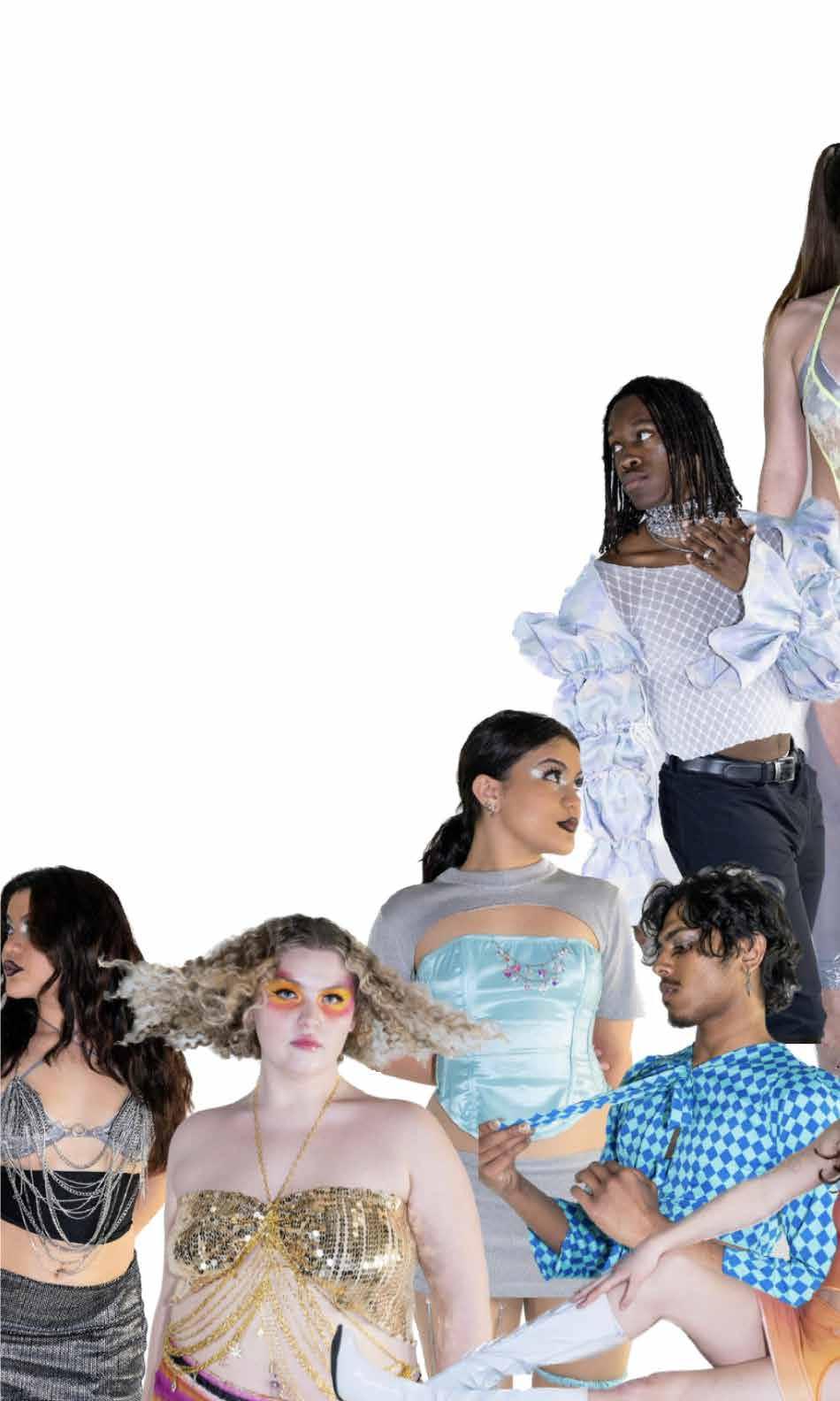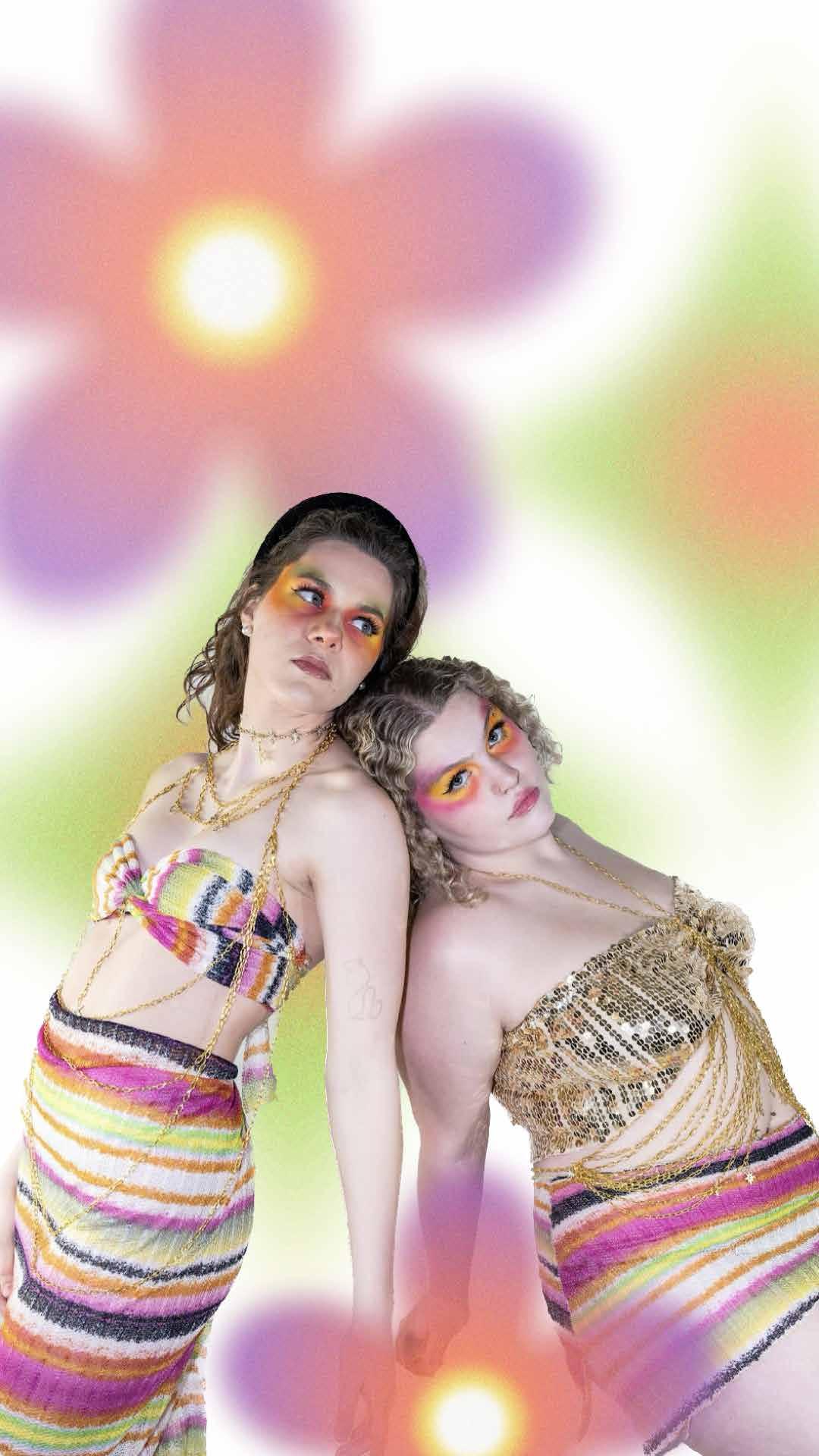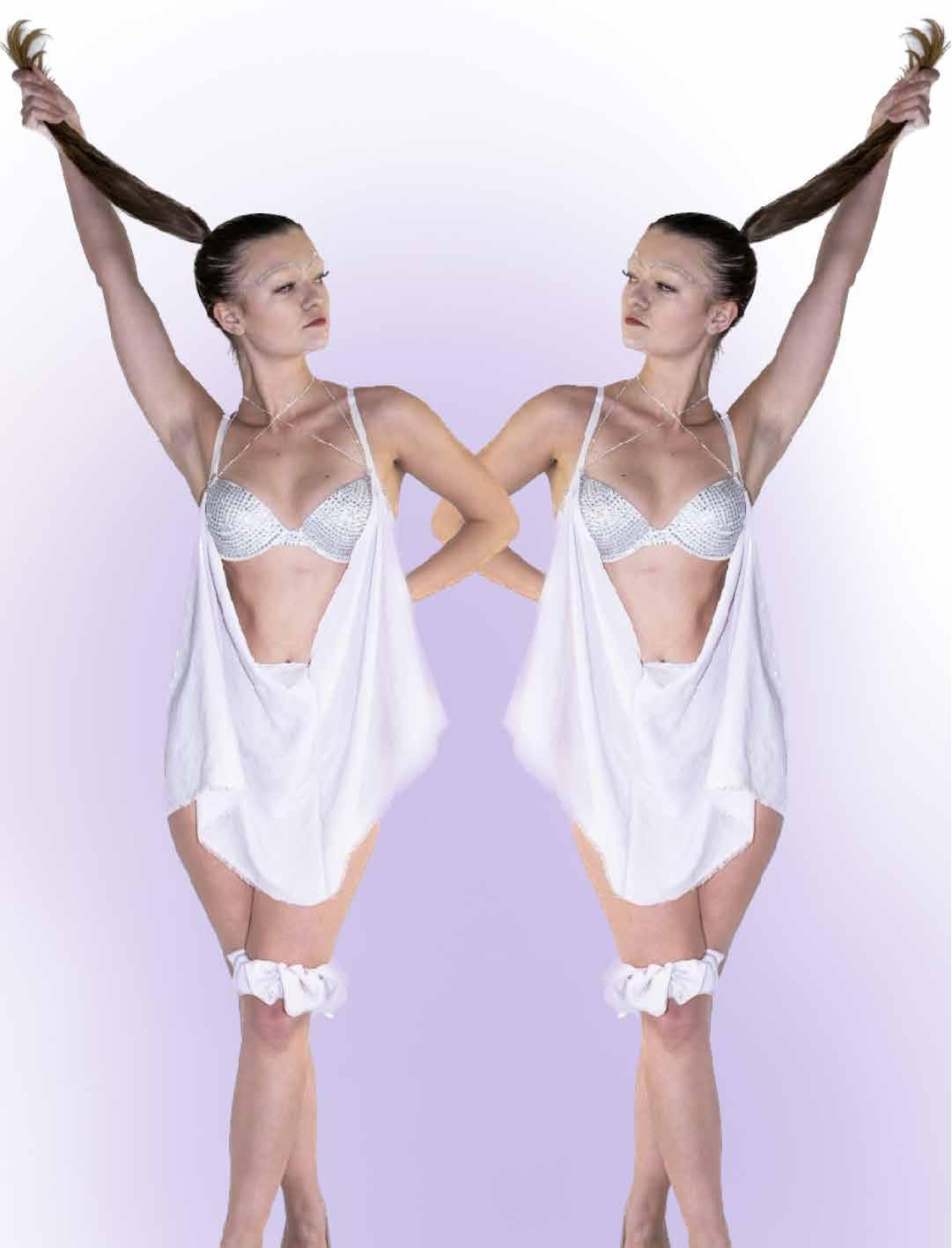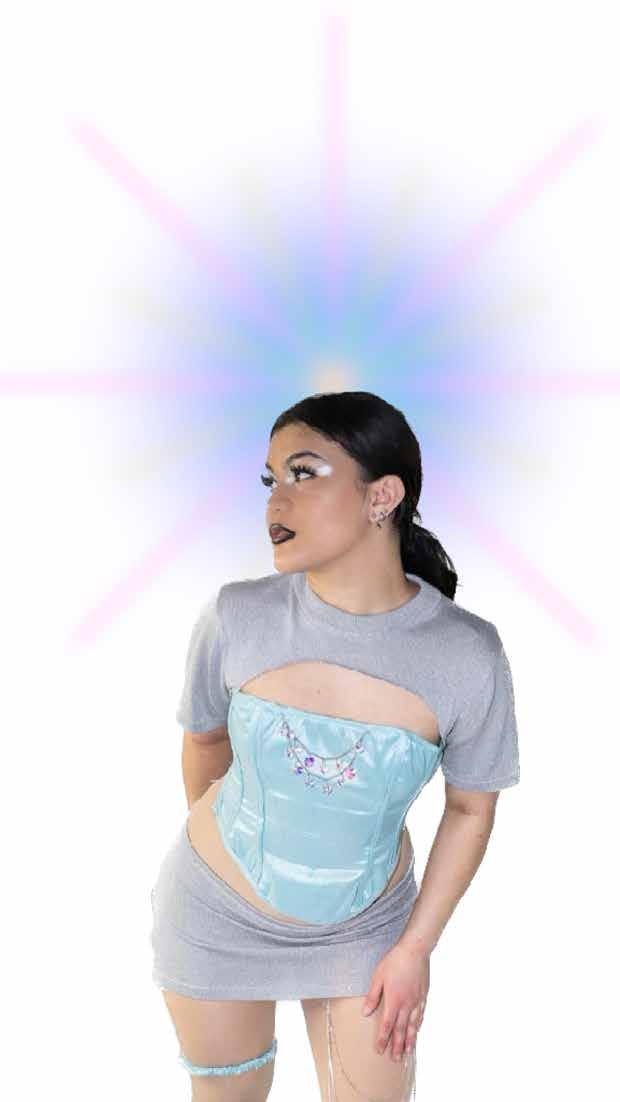
3 minute read
Fakes Facilitate Fashion Future
How Fake Bags Allow For Adulteration And Individuality
By Zack Zens, Deputy Executive Editor
Advertisement
Year after year, legacy designer brands, like Chanel, produce garments which dwindle in creativity and innovation. The only novel interpretations of concept and design come from the adulteration and reinterpretation of those legacy brands through street artists and replica works. Many can remember the prominent resurgence and eventual acknowledgment of the genius creative savant Dapper Dan by the House of Gucci some forty years after his career and namesake boutique began. This monumental lapse in time, even while countless celebrities, such as Jay-Z,Salt-N'-Pepa, and Floyd Mayweather, drummed Dan’s innovative talents, is profoundly constitutive of the predominantly white monoliths of fashion representation that often cast down works which originate from talented artists of color.
the average buyer hoping to take back those antiquated ideas, tear them asunder, and reveal the beauty and inspiration of everyday life in new and exciting ways? In truth, the real change comes from humanity’s familiar and ancient tool: hands.
High fashion and the intricacies surrounding it should not be out of reach for the average consumer. New York City’s annealed Canal Street features hundreds of vendors whose displays of knock-off bags on blankets or foldable tables lay the groundwork for reinterpretation and personalization of nominally out of reach styles.
In more ways than one, the freshest and most exhilarating pieces to come out of brands like Gucci or Louis Vuitton come about expressly because of Black creatives. When artists harness the power of personal experience, street style, and unconventional thinking, a breath of fresh air awakens largely stale silhouettes and styles.
Were it not for Virgil Abloh, streetwear would not be on the runway of every influential high-fashion designer from Chanel to Burberry, brands which, just three decades prior, were known for their stiff and traditional designs. So, where does that leave
Few, if any, people would walk into Bottega Venetta, buy a cool two-thousand-dollar bag, rush home, and begin painting it. However, the same cannot be said for a twenty-dollar Louis tote, and therein lies the epiphany of the knock-offs. Creative expression, like that of Dapper Dan throughout his illustrious career, becomes viable when one can readily access fake bags which are the ideal canvases for new and bold forms of expression. For the up-and-coming designer, these fake bags offer a solid foundation, borrowing silhouettes that were and remain tenants of design in the fashion world and act as a springboard for new creative interpretation, which may, eventually, take the world by storm.
It must be clear that this is not advocating for the general theft of designs to hurt those who create
Many trends denote actual bags getting stripped and painted, yet this is just the tip of the iceberg as one can bejewel, rhinestone, embroider, crochet, pin, glue, “glitter-fy,” and so much more. The only limits to creative expression and possibility come from the artist themselves and what they so choose to produce. Taking control of the production and design of one’s personal style is a long-standing and ancient human tradition that has been lost due to the rise of consumerism and capitalism which promote blending in and buying goods to fit socie tal standards.
By rejecting these very standards, which often shun fakes and handmade goods, a radical act of protest emerges, taking the power and space to define aesthetics back into the comprehensive control of the individual, often grounding taste and feeling in the location and culture of its origin rather than a homogenized global sense which






From new fashion campaigns and rockets on runways to the rise of MoonBoots and fresh TikTok trends the “new space age” could be closer than ever and may even be landing this summer. The space age emerged in the mid-60s inspired by the space race and the escapism of the 1950s. Designers like Paco Rabanne and films like Barbarella inspired metallic textiles, mini skirts, and bold silhouettes.

The space age inspires this collection in the context of today. More specifically I drew inspiration from artists such as Drag icon Trixie Mattel with her campy 60s glam and music like “Video Killed the Radio Star” and “Starman.” Every piece of material used in the making of this collection was second-hand, and I aimed to combine metallics and colorful fabrics as well as layering silhouettes that can be mixed and matched on any body. I added signature QSM touches like lace-ups chaps, shoulder shirts, garters, and shaped cutouts.


In this piece I wanted to expand on the concept of creating a visual representing exterior and interior. With that in mind, I was trying to think of objects that share this idea in the real world. I connected this idea to crystals, how their form includes and interior and exterior. Thinking about different crystals and their meanings, I landed on Amethyst, my birthstone because of its significance. After choosing Amethyst, I wanted to play into the purple of the piece and create an abstracted formation of different layers the crystal showing its interior and exterior qualities. Having previously wanted to create a monochromatic piece, I let that concept lead me to the development of the work.







